NATO has concluded Exercise Dynamic Messenger 2025 in Portugal, integrating unmanned systems into naval operations on an unprecedented scale, according to Allied Maritime Command.
The exercise combined Robotic Experimentation and Prototyping with Maritime Unmanned Systems (REPMUS) with Dynamic Messenger (DYMS), providing a live environment to test new technologies and refine operational concepts.
Hosted by the Portuguese Navy and co-organised by Allied Maritime Command (MARCOM) and Allied Command Transformation, the event brought together around 3,800 personnel and 260 systems from 22 nations, with observers from 13 more countries.
Operational demonstrations covered multiple warfare domains, including naval mine warfare, persistent intelligence, surveillance and reconnaissance, protection of undersea infrastructure, countering unmanned vehicles, and multi-domain command and control. NATO said the scenarios helped refine tactics and doctrines while strengthening unit self-defence and the ability to respond to emerging threats.
Spanish Navy Captain Julio Hernandez, Assistant Chief of Staff for Exercises at MARCOM, highlighted the role of collaboration between industry, academia, and NATO nations. He said the exercise demonstrated how joint experimentation “strengthens cohesion and reinforces deterrence by rapidly integrating advanced technologies, especially in sea robotics, into operational readiness.”
Standing NATO Maritime Group 1 (SNMG1) and Standing NATO Mine Countermeasures Group 2 (SNMCMG2) played central roles in rehearsing defences against unmanned aerial and surface threats. Commodore Arjen S. Warnaar, Commander of SNMG1, noted that “by experimenting with unmanned systems alongside industry and our NATO allies, we accelerate innovation and strengthen collective readiness for the challenges of tomorrow’s battlespace.”
The mine warfare phase featured French explosive ordnance teams trialling new systems, including the A9-M Autonomous Underwater Vehicle for mine countermeasures and seabed surveys, and the Pivot Remotely Operated Vehicle, which combined AUV data with visual inspection.
For the first time, Ukraine’s Navy directed the opposing force during the exercise, bringing frontline experience of unmanned systems and maritime combat to NATO training. Supported by the NATO-Ukraine Joint Analysis, Training and Education Centre, the move was described as a milestone in NATO–Ukraine cooperation.
NATO’s Centre for Maritime Research and Experimentation introduced advanced data capabilities, including a “Data Mesh” system for governance and sharing, and trialled the Mainsail system, which fuses data to provide early warnings of potential sabotage near critical undersea infrastructure. Several participating firms were supported by NATO’s Defence Innovation Accelerator for the North Atlantic (DIANA), linking innovation initiatives with operational requirements.
More details on the exercise are available from NATO here.


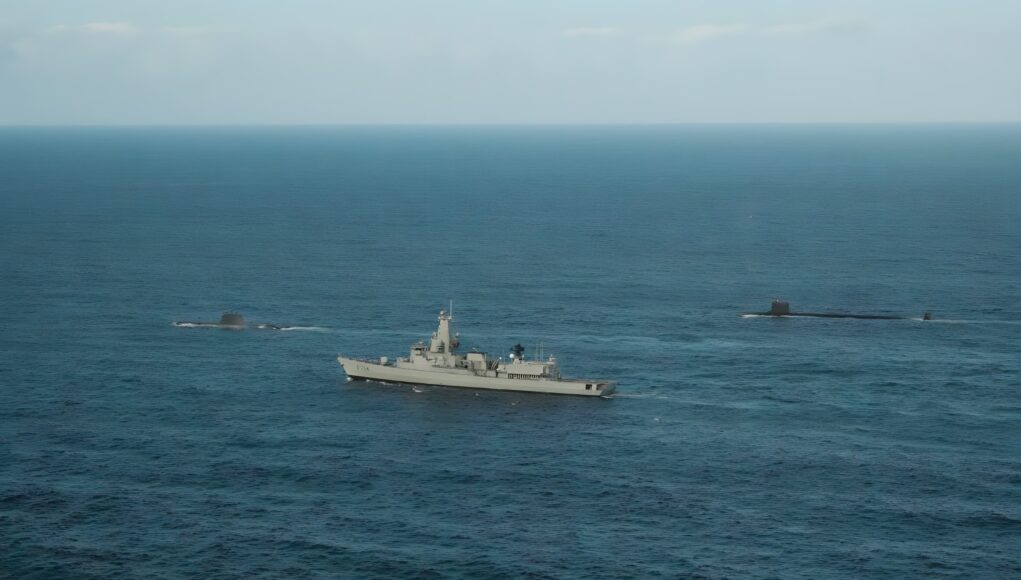
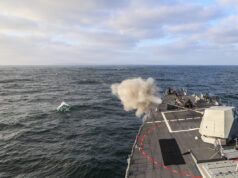
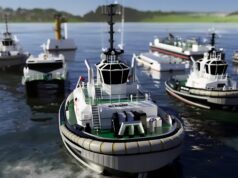

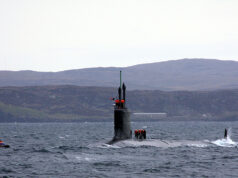
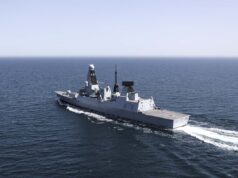

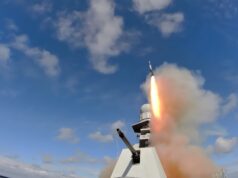
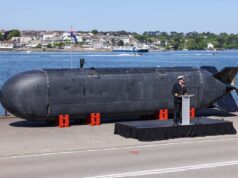
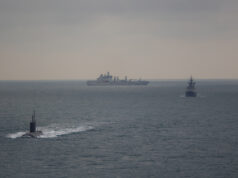
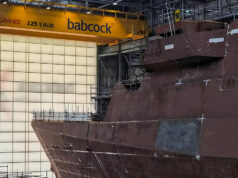

Interesting to see Ukraine participating in this particular exercise given their operational experience in naval drone warfare. They could well be the best exponents of practical drone warfare in the naval domain at the moment. Lets hope that some of their developmental skill rubs off and imparts a greater sense of urgency in NATO countries…
Cheers CR
Yes indeed get the people with the most experience in using maritime drone warfare in the littoral to be your “enemy “.
It doesn’t say we were there…. Anyone???
I suppose we were sending some crazy requests around for stuff we will never have but could become reality around 2049…
It seems Taiwan are buying some of Ukraine’s wartime naval experience. As Taiwan are starting to build unmanned surface vehicles (USVs). Looking very similar to Ukraine’s Sea Baby and Magura suicide boats. Looking like they’d be used against an amphibious assault and probably any ships involved in a blockade.
Small country taking on a much bigger neighbour, sounds familiar doesn’t it… Anything to try and change the arithmetic and increase the risk for a potential / likely adversary.
Cheers CR
Read it again.
That is Ukraine joining NATO when conditions permit.
Welcome to the new world order China and America as rest of NATO pivots to re-balance the world.